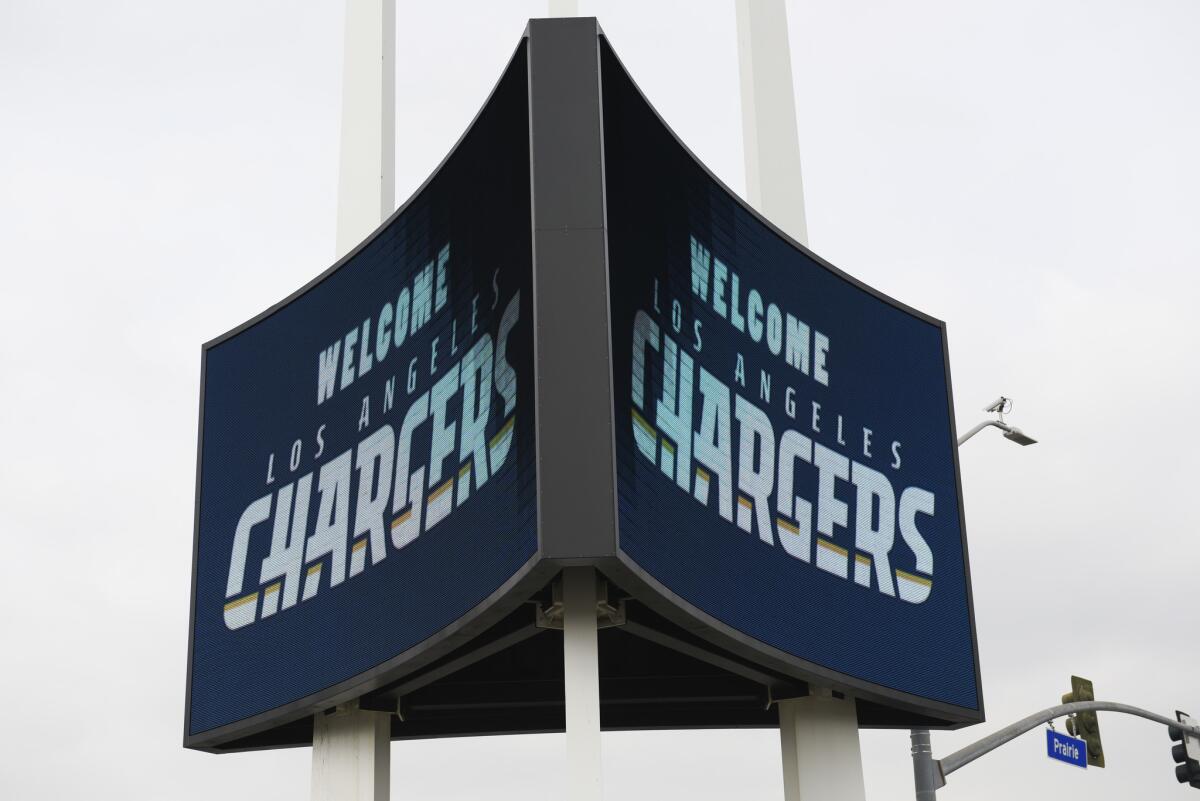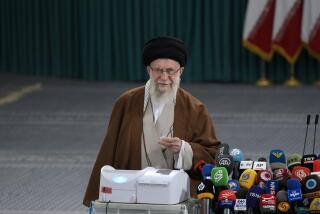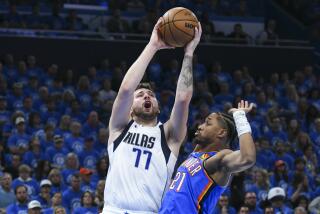The NFL team that might move to San Diego
Amid all the dismissive talk about San Diego’s dwindling chances of getting another NFL team, about the end of the league’s relocation era as quickly as it began, about how once the Raiders finalize their move to Las Vegas the other 31 owners will stand pat, maybe we are overlooking one franchise and its prospects of coming to America’s Finest City.
The Chargers.
No, really.
I didn’t say the Chargers and Dean Spanos. I said the Chargers.
Everything at this point is a long shot, but it’s at least a shot. It’s a pipe dream, but it’s our pipe dream. And the more you peel back the layers of their move 123 miles north, the more you crunch the numbers, the more you read the NFL tea leaves, the more a blurry vision comes into focus. Probable? Probably not. But plausible, perhaps.
It goes like this:
There are two reasons you abandon a loyal fan base after 56 years without exhaustingyou’re your options so you can play in a 25,000-seat soccer stadium in a metropolis that doesn’t want you. One is you’re going to sell, given the bump in value from moving to the nation’s No. 2 media market. The other is that you and your sons have never made or lost a penny in your lives, that you have no clue how to run a business, that you’re idiots.
It’s hard to discount the latter, but in the end it doesn’t matter. Both scenarios arrive at the same river of red ink.
Forbes estimates the net worth of the Spanos family at $2.4 billion. Its most recent valuation of the San Diego Chargers, not the Los Angeles Chargers, was $2.08 billion. That leaves about $320 million in non-football assets.
That’s a lot of money to you and me. That’s food stamps in the rarefied air of NFL ownership.
Even if the Chargers fill the StubHub Center in Carson, that’s 32,000 fewer fans per game than they got during the 2016 season at Qualcomm Stadium and nearly 42,000 fewer from the year before.

The Chargers will recover some of that with higher ticket prices at their “intimate” temporary home, assuming they can sell them. But let’s say the average fan spends $175 per game in tickets, parking, concessions and merchandise. That’s roughly $5.6 million less per game or $56 million less over a 10-game home schedule than what they got in 2016 – and $73 million less than 2015.
Now add the associated costs with relocation, the $12 million they owe the city of San Diego for breaking their Qualcomm lease, the construction of a new headquarters and practice facility, finding new local corporate sponsors, signing a new radio affiliate. Now consider that, according to Forbes, their annual operating income in San Diego was $59 million, and you’re suddenly losing money.
The real pain could come in 2019, when the Chargers become tenants in Stan Kroenke’s Inglewood palace and begin paying $65 million annual installments of the NFL’s relocation fee – and when No. 17’s career will be winding down. They’ll try to sell personal seat licenses just for the right to buy season tickets, but what happens if no one buys them? What do they do with the rest of the seating inventory? How’s somebody who shelled out $20,000 for a PSL going to feel when the guy sitting two rows behind him paid nothing?
They get a break on rent, but they don’t have access to the lucrative stadium-related revenue streams of naming rights, development rights on the surrounding land, rental fees for other events. There’s also the potential hit from estate taxes when 93-year-old family patriarch Alex Spanos, who bought the team three decades ago for $70 million, passes away and asset’s tax basis jumps to $2 billion.
Eventually, the lower net operational income intersects with the higher capitalization value. Eventually, reality trumps obstinance. Eventually, the Spanoses realize the stakes are too high at this poker table.
One option is an equity partner. But that requires someone handing over $500 million and letting Deano manage it, which might explain why there haven’t been any takers. The other option, maybe the best option, maybe the only option, becomes to cash out. To sell.
And here’s the key part: Their NFL brethren won’t discourage it.
It is becoming increasingly clear that the NFL has grown weary of Spanos and his logo changes. The first sign was last year, when the league picked Kroenke’s Inglewood stadium plan over the Carson proposal proffered by Spanos and Raiders owner Mark Davis. Then Spanos, against what appears to be the league’s wishes, impulsively exercises his option to bolt for L.A. without waiting it out for a new stadium in San Diego, without consulting the major players, without the Don’s blessing.
He’s become a pariah. He’s become football’s Donald T. Sterling, who, remember, also moved a franchise from San Diego to become the second team in L.A.
It took 30 years for the NBA to get rid of Sterling. Maybe it takes that long for the NFL with Spanos, or maybe they let him go to L.A. knowing, hoping, scheming that he goes broke and taps out. There’s a clause in the relocation contract that financially deters a quick sale, but this is the NFL.
As former Raiders executive Amy Trask wrote in a recent column for the Houston Chronicle: “I’m frequently asked to explain league rules and policies governing team relocation. Quite simply, league rules and policies are whatever the 32 owners wish them to be on any given day.”
So say the Chargers sell, and say they do it before the team has gained traction in L.A., before lightning bolt stickers have peeled off San Diego bumpers.
The new owner, presumably with deeper pockets and a keener business acumen, assesses the L.A. market. They’re the third most popular NFL team after the Raiders and Rams. They’re the fifth most popular football team after the Raiders, Rams, USC and UCLA, and maybe the sixth after Mater Dei High. Coverage is buried next to the agate page in the L.A. Times sports section. They’re fighting for eyeballs and wallets with the Rams, Lakers, Clippers, Dodgers, Angels, Kings, Ducks, Galaxy, Trojans, Bruins.
And less than two hours south by moving van is a powder-blue nation pining for you.
You offer to build a new stadium in Mission Valley, not downtown, and you might even get some assistance from the city and county because your last name isn’t Spanos. The NFL probably chips in. Kroenke might even as well, to jettison the JV team tearing up his field when the varsity is out of town.
You don’t drive to San Diego. You ride into town on a white horse.
Could it, might it happen one day?
The distance between plausible and probable is 123 miles.









